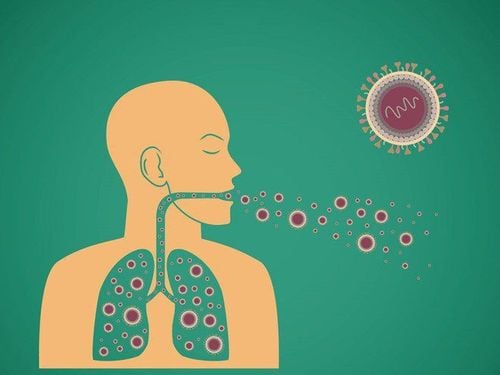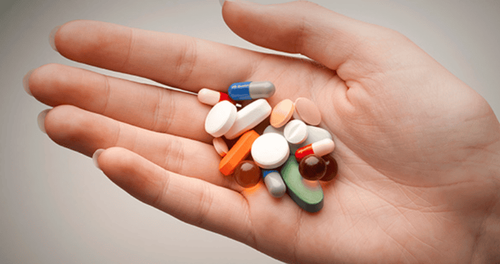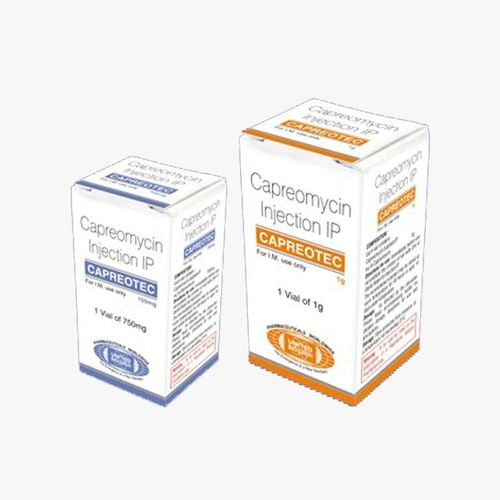This is an automatically translated article.
TB treatment takes a long time, so many people, without being reminded, may forget or stop taking their medicine without knowing it, which can be a major risk to their lives and those of others. due to infection with drug-resistant tuberculosis.1. How to use medicine to treat tuberculosis?
Tuberculosis treatment today is still a matter of great concern to the health sector due to the high rate of drug-resistant TB. Therefore, the use of drugs requires a combination of drugs to treat. TB drugs are selected on many types of antibiotics, each with a different effect on bacteria such as bactericidal, bacteriostatic,... to combine into a combination of anti-TB drugs.Some principles when using drugs to treat TB should be noted such as:
Normally, in cases of sensitive TB, the use of drugs in the attack phase should use at least 3 types of drugs, while maintaining using at least 2 types can be effective. bactericidal effect. The attack phase lasts 2-3 months to quickly destroy the large number of bacteria present in the affected areas to prevent drug-resistant mutant TB bacteria. The maintenance phase lasts 4-6 months to completely destroy the TB bacteria in the affected area to avoid recurrence. However, with drug-resistant TB, it is necessary to use up to 5 types of attack and 4 drugs with maintenance effect. Anti-tuberculosis drugs must be taken at the same time at a certain time of day and taken away from meals to achieve maximum drug absorption. During the potentially infectious period, patients need to be closely managed at medical facilities. Regularly check your health and follow up with tests to help assess your medical condition and the risk of complications caused by long-term use of anti-TB drugs to take early remedial measures. Thus, taking the right drug at the right dose at the right time is very important in controlling the disease and preventing the risk of relapse, drug-resistant TB that will endanger the patient's life.

Tự ý ngừng uống thuốc lao trong khoảng thời gian điều trị rất nguy hiểm
2. Risk of death if self-stop taking TB medicine
Patients with TB need to take drugs for at least 6 months, or even those with drug-resistant TB need to take combination drugs for 18-24 months continuously. During the first 2 months, patients at risk of infection should be given the drug under the direction of medical staff. Then, the rest of the time, the patient goes home to take medicine by himself, thanks to his own memory or the reminders of those around him.During the time that the patient takes medicine at home, many people forget or voluntarily stop taking TB medicine because of the prolonged use time and the signs are no longer good for any other reason leading to the stop taking the medicine.
Arbitrarily stopping taking TB drugs during the treatment period is very dangerous because the patient faces many risks, even the risk of death because:
Risk of re-infection with tuberculosis, resistant TB bacteria Drugs: When arbitrarily stopping drugs, TB bacteria in the body have not been completely eliminated, patients are at risk of re-infection with drug-resistant TB, even super drug-resistant TB increases the risk of death. Because over the years, TB drugs have not had many positive changes. If TB is drug-resistant, treatment will face many difficulties and patients face a very high risk of death, and the rate of infection with drug-resistant TB bacteria in the community will be very high. Facing the risk of side effects of anti-TB drugs: When patients do not adhere to taking drugs on time, there is an increased risk of re-infection and drug-resistant TB. At this time, the patient has to take the drug for a very long time, about 18-24 months. Such regular use of drugs will increase the risk of dangerous side effects to the body such as hepatocellular toxicity, increased liver enzymes, liver damage that affects the treatment process. Not only that, patients are also at risk of other problems such as eye damage, blood disorders, hyperuricemia, nephrotoxicity, kidney failure,... Side effects of antibiotics Specific tuberculosis includes:
For the kidney: Causes acute renal failure, acute tubular cell destruction. Risk factors for the above condition have been observed with long-term or high-dose aminoglycoside use, intermittent or erratic treatment with rifampicin, and concomitant use of other drugs. nephrotoxicity, liver disease, advanced age, hypotension, hypovolemia, history of decreased renal function, pre-existing kidney disease, cancer, diabetes,... are factors. increased risk of nephrotoxicity. Hepatotoxicity: This is the most common condition. Clinical manifestations such as anorexia, fatigue, nausea, vomiting, right upper quadrant pain, jaundice, yellow eyes; signs of hepatomegaly, elevated liver enzymes. This is the most common side effect of anti-tuberculosis drugs such as pyrazinamide, rifampicin. Especially for those who have to use it for a long time. Causes vomiting and nausea: This symptom can be encountered and cause discomfort for patients when taking the drug. To limit, this drug can be used after eating to reduce vomiting and nausea.

Tự ý ngừng uống thuốc lao có thể dẫn tới nguy cơ tái nhiễm lao
Please follow the website: Vinmec.com regularly to update many other useful information.
Please dial HOTLINE for more information or register for an appointment HERE. Download MyVinmec app to make appointments faster and to manage your bookings easily.
Reference sources: medinet.hochiminhcity.gov.vn, suckhoedoisong.vn, vnexpress.net












